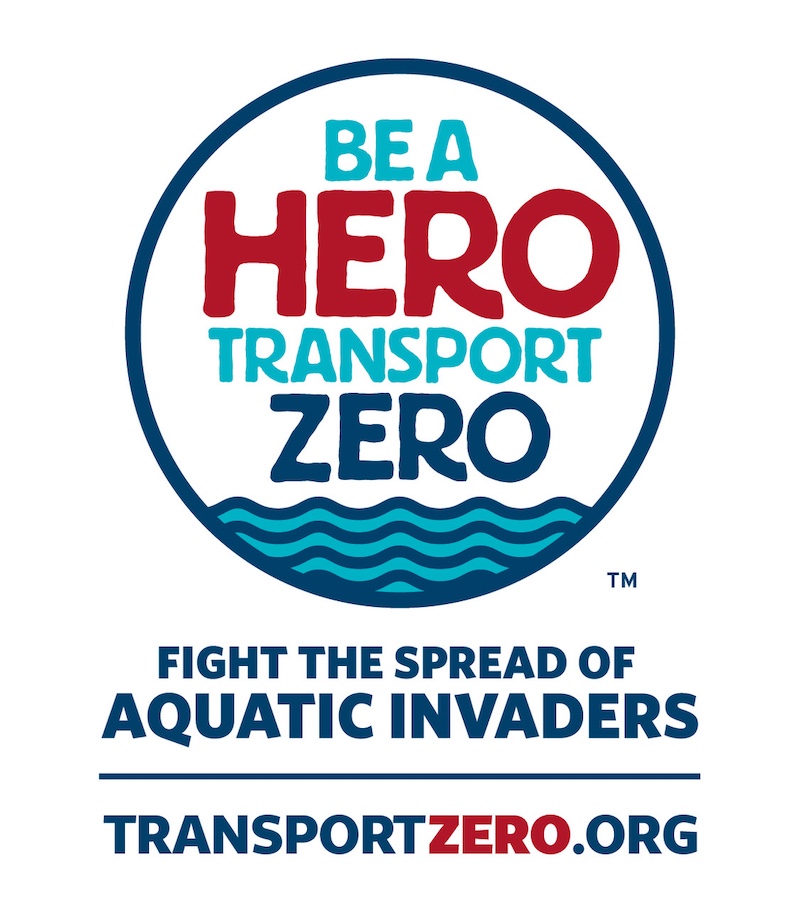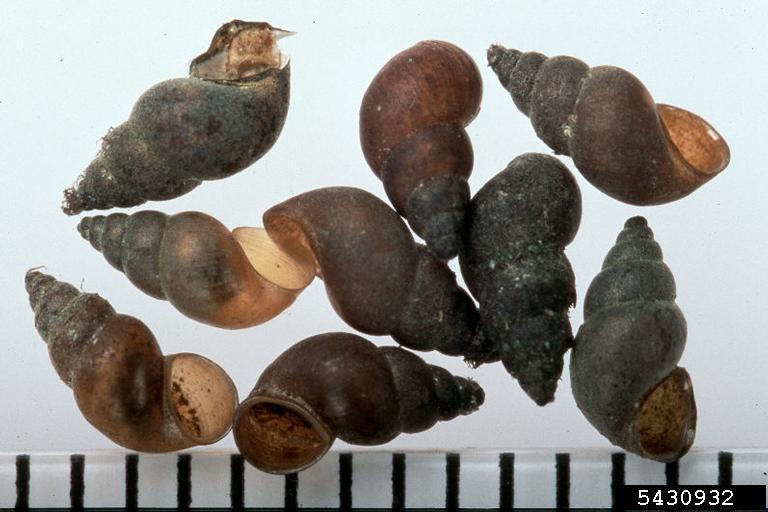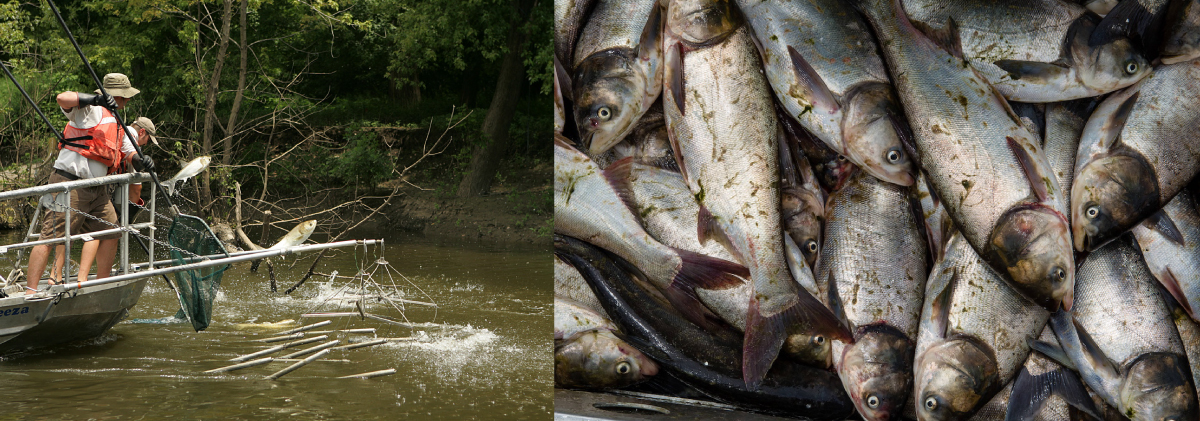
Large walls of invasive hydrilla plants. Photo by Ryan Hagerty, USFWS.



Large walls of invasive hydrilla plants. Photo by Ryan Hagerty, USFWS.
The Illinois Department of Natural Resources (IDNR) is asking the public to be heroes and lend a hand in stopping the movement of all aquatic nuisance species.

The “Be A Hero-Transport Zero” Campaign (BHTZ) was constructed and initiated for IDNR with Illinois-Indiana Sea Grant and contracted market specialists to promote awareness and action in Illinois that may have not been there. This effort was guided by IDNR and supported by the Great Lakes Restoration Initiative funding through U.S. Environmental Protection Agency and U.S. Fish and Wildlife Service. Although similar to the “Stop Aquatic Hitchhikers” campaign, the Be a Hero campaign as clearly state objectives that can benefit Illinois natural resources and was designed to partner with citizens in a positive way. To participate in the campaign, request signage, or learn more about the BHTZ see links above or check out www.transportzero.org

Regardless of how you interact with the environment you can be a hero and find out how to protect the resources at www.transportzero.org.
Sportsmen and women can protect Illinois aquatic natural resources and ‘Be a Hero – Transport Zero’ with attention to three simple steps: 1) Removing plants animals and mud from equipment; 2) Draining all water from your boat and gear; and 3) Drying everything thoroughly with a towel. Boaters, anglers, scuba divers or waterfowl hunters will find valuable information at the Transport Zero – Aquatic website for learn about aquatic invasive species.

For those participating in land-based activities, such as upland hikers, campers, hunters, birders and landowners, valuable tips on helping with the campaign can be found at Transport Zero – Terrestrial.
Water gardeners, aquarium hobbyists and teachers also may play a role in minimizing the spread of aquatic invasive species. Check out the information at Release Zero.
And finally, if you or your lake association, club or resource organization wants to become a Hero, check out the resources at Partners.
Several species such as bighead, silver, grass or black carps Eurasian ruffe, hydrilla and New Zealand mud snails threaten the aquatic resources of Illinois and surrounding states. Adhering to the steps to ‘Be a Hero – Transport Zero’ goes a long way to prevent the movement of invasive species. Also, familiarize yourself with the risks of the uncontrolled spread of invasive species and how to identify the most likely invaders. For assistance in identifying a suspicious invader, or to report these invaders when found in new locations in Illinois, contact the Illinois Department of Natural Resources’ Aquatic Nuisance Species Program office at (217) 785-8772.

Kevin Irons served as the Assistant Chief in the Division of Fisheries, Illinois Department of Natural Resources, retiring in 2024.
Brian Schoenung is the Aquatic Nuisance Species Program Manager for the state of Illinois. Prior experience includes his role as an Asian Carp specialist and chief of fisheries with Indiana. Schoenung served as Ohio River Fisheries Management Team representative to the Mississippi Interstate Cooperative Resource Association (MICRA), served as Chair of MICRA and currently immediate past chair. He is co-chairing the recently reformulated MICRA Invasive Carp Advisory Committee. Schoenung’s background has been heavily focused on the carp side of invasive species.
Submit a question for the author